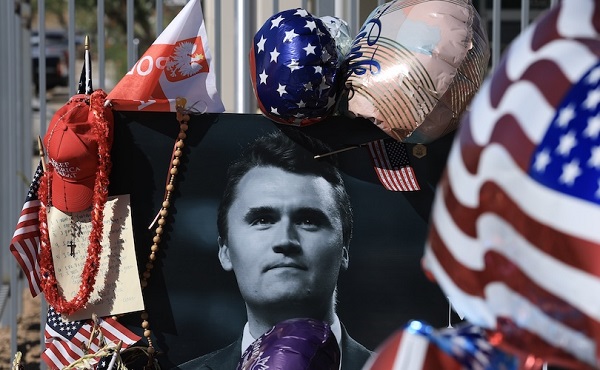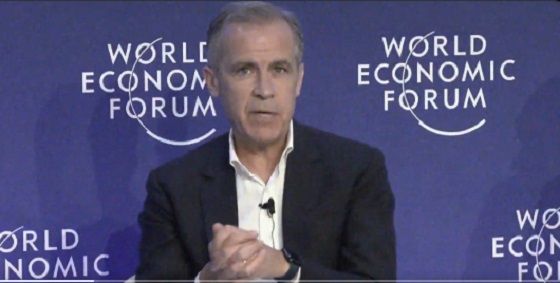Energy
Is Canada the next nuclear superpower?
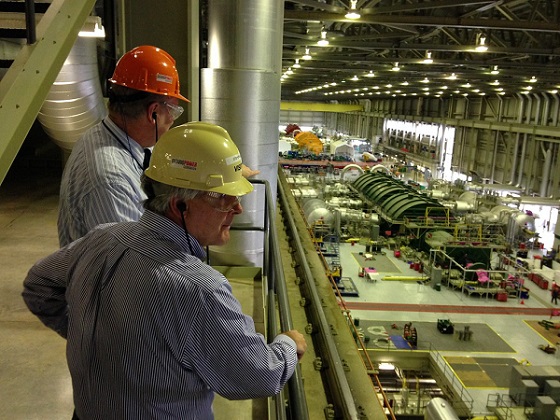
From Resource Works
The rise of AI and other technologies have pushed energy demand through the roof, and Canada can help power that with nuclear.
Good to see Prime Minister Justin Trudeau pushing nuclear power as a key contributor to meeting the world’s soaring demand for electricity.
“The energy consumption necessary around AI (artificial intelligence) nobody has properly understood yet,” he said. “We have stepped up big time on nuclear.”
He cited Canada’s uranium reserves and progress in building both full-scale CANDU reactors and small modular reactors (SMRs). He said other countries need to “skate where the puck is going” on cleaner energy sources.
“We know that if we are going to meet our net-zero targets around the world, and certainly in this region, nuclear is going to be really part of the mix.”
He stopped short of saying Canada would build more major nuclear reactors for domestic use but spoke about the development of SMRs. Ottawa has previously stated it wants to become “a global leader in SMR deployment.”
Meanwhile, International Trade Minister Mary Ng said Canada is launching a gateway for nuclear development in the Asia-Pacific region. She said growing Pacific Rim economies will face increasing demand for electricity, not just to curb emissions.
“All this followed CANDU licence-holder AtkinsRéalis announcing a “multi-billion-dollar” sale of two CANDU reactors to Romania, the first to be built since 2007. The federal government contributed $3 billion, the company said.
And in one of our Resource Works Power Struggle podcasts, energy journalist Robert Bryce said: “We’re seeing the revitalization of the nuclear sector… There are a lot of promising signs.”
Also from Bryce: “Forty-seven per cent of the people on the planet today live in electricity poverty. There are over three billion people who live in the unplugged world; 3.7 billion who live in places where electricity consumption is less than what’s consumed by an average kitchen refrigerator.”
Policy Options magazine notes how Canada and 21 other countries signed a 2023 pledge to triple nuclear energy capacity by 2050, and says: “The reality would appear to be clear: there is no feasible net-zero future without the deployment of new nuclear power.”
For Canada, it adds: “We have an opportunity to expand our global status, but this requires overcoming years of policy inaction while other nations have modernized their nuclear strategies. To triple our nuclear capacity by 2050, we need clear priorities and unwavering political commitment.”
Earlier this year, François-Philippe Champagne, federal minister of innovation, science and industry, said nuclear power needs to grow for the world’s renewable-energy economy.
“Nuclear, definitely. For me, we have to look at hydro, we have to look at nuclear, we have to look at small modular reactors, we have to look at wind, we have to look at solar.”
Jonathan Wilkinson, energy and natural resources minister, promised to expedite the approval process for new Canadian nuclear projects.
Canada now gets about 15% of its electricity from nuclear generation, mostly from reactors in Ontario.
But the last nuclear reactor to come into service in Canada was at the Darlington station, east of Toronto, back in 1993. No new nuclear project has been approved since then, but multi-million-dollar upgrades are underway at existing Ontario plants.
Heather Exner-Pirot of the Macdonald-Laurier Institute and Jesse McCormick of the First Nations Major Projects Coalition see SMRs and micro-reactors as a plus for rural and remote areas of Canada that now rely on diesel to generate power. Some First Nations are also interested.
However, the two commentators point out that nuclear developers will need Indigenous support and will have to “provide meaningful economic benefits and consider Indigenous perspectives in project design.”
Now, the Wabigoon Lake nation in Ontario has stepped up as a potential host to a deep underground facility for storing nuclear waste.
As Canada looks to SMRs to meet electricity demand, our country also hopes to sell more uranium to other nations—perhaps with a little help from Russia.
In October, Russian President Vladimir Putin proposed restrictions on Russian uranium exports in retaliation for Western sanctions on Russian oil, gas, and LNG.
That boosted hopes for increased exports of Canadian uranium.
Canada, once the world’s largest uranium producer, is now the world’s second-largest, behind Kazakhstan, and accounts for roughly 13% of global output.
Putin’s threat gave more momentum to the plans underway by NexGen Energy for its $4-billion Rook 1 uranium mine in Saskatchewan.
The Canadian Nuclear Safety Commission has completed its final technical review of the project. Next comes a commission hearing, followed by a final decision on approval.
NexGen is working on detailed engineering plans in preparation for full construction, pending federal approval.
NexGen could push Canada to become the world’s largest uranium producer over the next decade. Other companies are rushing to Saskatchewan to start exploration projects in the Athabasca region, while existing players are reopening dormant mines.
All this follows the commitment by nearly two dozen countries in 2023 to triple their nuclear-energy output by 2050.
And so Britain’s BBC News topped a recent roundup on nuclear power with this headline: “Why Canada could become the next nuclear energy ‘superpower’.”
Energy
B.C. premier’s pipeline protestations based in fallacy not fact
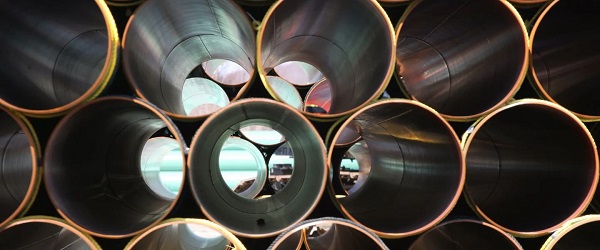
From the Fraser Institute
The latest war of words over a pipeline in Canada is between Alberta Premier Danielle Smith, who seeks the construction of a pipeline from Alberta’s oilsands to export facilities on the Pacific coast, and British Columbia Premier David Eby who is foursquare against it.
Smith argues the pipeline is needed to break the U.S. market-lock on Alberta oil, which the United States buys at a discount compared to world prices. Smith argues that increased trade in oil and gas—at higher prices—would be good for Alberta’s economy and Canada’s national economy, and can be done while protecting the environment in both provinces. Eby denies virtually all these claims.
More specifically, Premier Eby makes four arguments against a new pipeline, and all are incorrect.
First, he argues, any pipeline would pose unmitigated risks to B.C.’s coastal environment. But in reality, the data are clear—oil transport off Canada’s coasts is very safe (since the mid-1990s there has not been a single major spill from oil tankers or other vessels in Canadian waters). He also simultaneously argues that it’s pointless to build a new pipeline from Alberta because B.C.’s waters are protected by Bill C-48, the “tanker ban” bill enacted by the Trudeau government in 2017. But in fact, because Bill C-48 only applies to Canadian tankers, a regular stream of oil tankers and large fuel-capacity ships cruise up and down the B.C. coast (between Alaska and other U.S. ports) with stupendous safety records.
Second, Eby argues that B.C.’s First Nations oppose any such pipeline. But in reality, such opposition is quite contingent. The Trans Mountain pipeline expansion project (TMX), which has increased shipping capacity from Alberta to the west coast, has signed agreements with 81 Indigenous community groups (in both provinces) worth $657 million and produced more than $4.8 billion in contracts with Indigenous businesses.
Third, Eby claims that Smith’s proposal is not “real” because no private-sector companies have proposed to build the pipeline. And he’s partly right—no rational investor would look at the regulatory barricade facing pipeline construction and spend the time and money to propose a project. Those applications cost money and lots of it. In 2017, according to TC Energy,before it retracted its Energy East/Eastern proposals due largely to regulatory barriers, the company had spent more than C$1 billion trying to get permits. In a 2016 report, Enbridge listed pre-construction expenditures (which include crafting proposals) of up to US$1.5 billion to build its three proposed pipeline projects. These costs will not have gotten cheaper since then. But even so, the Alberta government’s pipeline proposal has the backing of an advisory group, which includes energy companies Enbridge, Trans Mountain and South Bow—likely because they want to invest in the project after there’s some assurance it will survive the regulatory blockade.
Finally, Eby’s claim that there’s no market demand for new pipelines (which implies there will be no investors) is unsubstantiated. According to S&P Global, Canadian oilsands production will reach a record annual average of 3.5 million barrels of oil per day (b/d) in 2025, five per cent higher than 2024. By 2030, production could top 3.9 million b/d, 500,000 b/d higher than 2024 (although this assumes the federal cap on emissions, imposed by the Trudeau government, does not curtail production as predicted). This profit potential will almost certainly attract investors, if they can overcome the regulatory blockade.
It’s fine, of course, for Premier Eby to look out for the people of B.C. as best he sees fit—that’s his job, after all. But it’s also his job to recognize the limits of his authority. When looking at the TMX project, the Supreme Court of Canada has already ruled that B.C. does not have the authority to block infrastructure of national importance, including pipelines.
But as the saying goes, you’re entitled to your own opinion but not entitled to your own facts. Premier Eby’s objections to another Alberta pipeline are rooted in fallacy, not fact. The Carney government should recognize this fact and decide whether or not another pipeline to B.C. waters is in the “national interest,” which is apparently how you get a permit to build major projects in Canada these days.
Energy
National media energy attacks: Bureau chiefs or three major Canadian newspapers woefully misinformed about pipelines
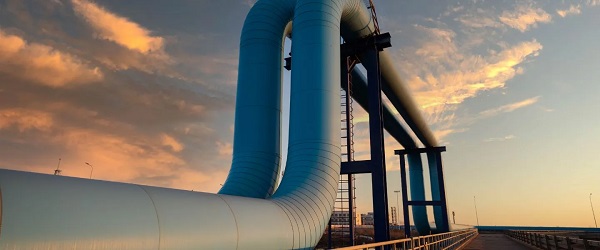
From the Fraser Institute
These three allegedly well informed national opinion-shapers are incredibly ignorant of national energy realities.
In a recent episode of CPAC PrimeTime Politics, three bureau chiefs from three major Canadian newspapers discussed the fracas between Alberta Premier Danielle Smith and Prime Minister Mark Carney. The Smith government plans to submit a proposal to Ottawa to build an oil pipeline from Alberta to British Columbia’s north coast. The episode underscored the profound disconnect between these major journalistic gatekeepers and the realities of energy policy in Canada.
First out of the gate, the Globe and Mail’s Robert Fife made the (false) argument that we already have the Trans Mountain pipeline expansion (TMX), which is only running at 70 per cent, so we don’t need additional pipelines. This variant of the “no market case” argument misunderstands both the economics of running pipelines and the reality of how much oilsands production can increase to supply foreign markets if—and only if—there’s a way to get it there.
In reality, since the TMX expansion entered service, about 80 per cent of the system’s capacity is reserved for long-term contracts by committed shippers, and the rest is available on a monthly basis for spot shippers who pay higher rates due largely to government-imposed costs of construction. From June 2024 to June 2025, committed capacity was fully utilized each month, averaging 99 per cent utilization. Simply put, TMX is essentially fully subscribed and flowing at a high percentage of its physical capacity.
And the idea that we don’t need additional capacity is also silly. According to S&P Global, Canadian oilsands production will reach a record annual average production of 3.5 million barrels per day (b/d), and by 2030 could top 3.9 million b/d (that’s 500,000 b/d higher than 2024). Without pipeline expansion, this growth may not happen. Alberta’s government, which is already coordinating with pipeline companies such as Enbridge, hopes to see oilsands production double in coming years.
Next, Mia Rabson, Ottawa deputy bureau chief of the Canadian Press, implied that Smith’s proposal is not viable because it comes from government, not the private sector. But Rabson neglected to say that it would be foolish for any company to prepare a very expensive project proposal in light of current massive regulatory legislative barriers (tanker ban off B.C. coast, oil and gas emission cap, etc.). Indeed, proposal costs can run into the billions.
Finally, Joel-Denis Bellavance, Ottawa bureau chief of La Presse, opined that a year ago “building a pipeline was not part of the national conversation.” Really? On what planet? How thick is the bubble around Quebec? Is it like bulletproof Perspex? This is a person helping shape Quebec opinion on pipelines in Western Canada, and if we take him at his word, he doesn’t know that pipelines and energy infrastructure have been on the agenda for quite some time now.
If these are the gatekeepers of Canadian news in central Canada, it’s no wonder that the citizenry seems so woefully uninformed about the need to build new pipelines, to move Alberta oil and gas to foreign markets beyond the United States, to strengthen Canada’s economy and to employ in many provinces people who don’t work in the media.
-

 Agriculture2 days ago
Agriculture2 days agoFrom Underdog to Top Broodmare
-
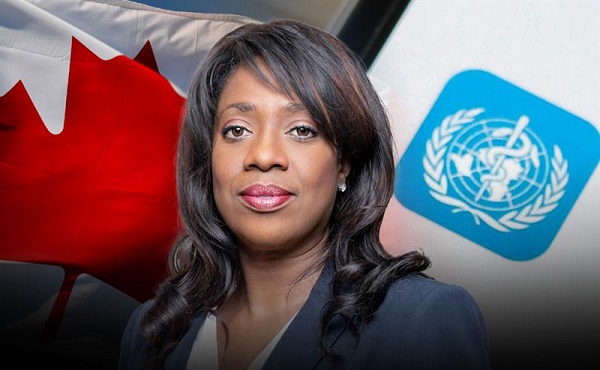
 Health2 days ago
Health2 days agoSovereignty at Stake: Why Parliament Must Review Treaties Before They’re Signed
-
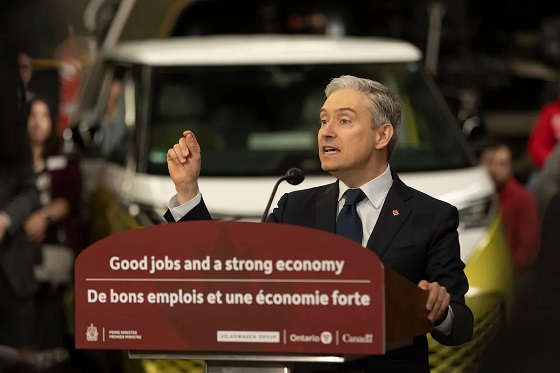
 Business2 days ago
Business2 days ago$15B and No Guarantees? Stellantis Deal explained by former Conservative Shadow Minister of Innovation, Science and Technology
-

 RCMP2 days ago
RCMP2 days agoPolice arrest thieves using garage-door openers to access homes in Vanier, West Park, Anders Park, and Evergreen
-

 Bruce Dowbiggin2 days ago
Bruce Dowbiggin2 days agoWhile America Shrugs Off Woke, Canada Doubles Down On Feminizing Society
-

 Energy1 day ago
Energy1 day agoNational media energy attacks: Bureau chiefs or three major Canadian newspapers woefully misinformed about pipelines
-

 DEI1 day ago
DEI1 day agoConservative push to end Canada’s ‘anti-merit’ DEI programs receives support
-

 COVID-192 days ago
COVID-192 days agoCanadian veteran challenges conviction for guarding War Memorial during Freedom Convoy






